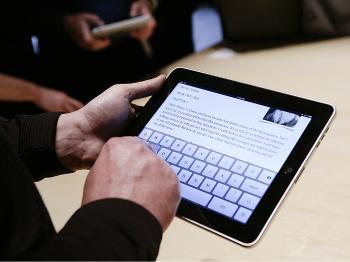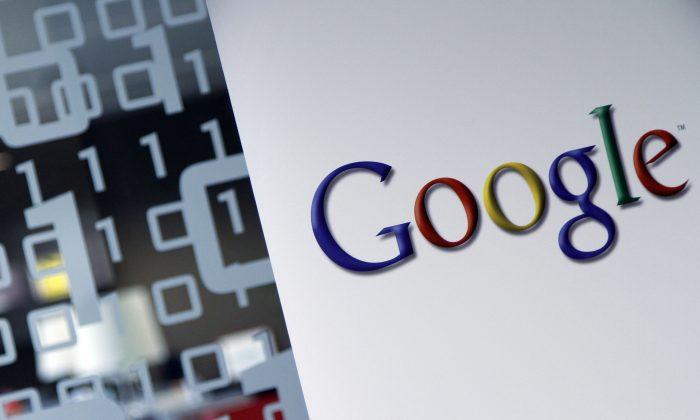NEW YORK—Apple Inc.’s much-awaited iPad tablet computer went on sale at Apple stores across the country on Saturday, and while lines were reportedly shorter than that for the iPhone launch in 2007, the launch was still deemed to be a success.
Gene Munster, the tech analyst for brokerage firm Piper Jaffrey estimated iPad sales at between 200,000 and 300,000 in the first 24 hours. Final estimates were that between 600,000 to 700,000 iPads were sold on Saturday alone.
The estimates were based on observations by analysts at various Apple stores across the country who counted customers in line. Part of the sales were also based on pre-orders of iPads which were shipped directly to customer’s homes by Apple.
If the estimates are accurate, first-day sales of the iPad are more than twice as high as the first-day sales of the first-generation iPhone, which sold 270,000 units on the first day when it was released three years ago.
Apple reported that it sold “hundreds of thousands” of iPads during the first week of a pre-sale period in mid-March. Estimates for the volume of iPads that Apple will sell in 2010 vary widely. The conservative figure reported by Wall Street analysts is between 3-4 million, with Morgan Stanley analyst Katy Huberty estimating that Apple would sell 8-10 million iPads.
Apple stores were reported to have plenty of stock, and most customers were able to purchase their iPads within minutes upon entering the store. Unlike the iPhone, the iPad is only available in a Wi-Fi version right now, and requires no sign-up for 3G or cellular services.
Apple said that consumers will have to wait until “late April” for the 3G version of the iPad, which will allow users to browse the Internet and use network services using a cellular data service from providers such as AT&T Wireless and Verizon, without requiring to be tied to a spot with a wireless network.
In the days preceding the iPad launch, Apple’s App Store started populating a large number of iPad applications. The iPad applications are reportedly more expensive than their iPhone counterparts, but also promise more features than the limited screen-resolution phone-based versions.
Apple is selling iPad versions of its iWork office software, which allows users to edit documents, spreadsheets, and slide presentations. The three software—Pages, Numbers, and Keynote—are each available for $10 on the App Store.
New tools
The iPad received mixed responses from fans when it was first announced. Apple kept a tight lid on the project and rumors filled blogs that Apple could soon release a touch-screen computer.
Some users posted elaborate projections of what the device could be, and once Apple finally revealed the iPad, some were disappointed.
The device has been referred to as a large iPod Touch by critics, and has many of the same functions. The key difference is a larger screen and some inner workings that allow for more advanced gaming graphics.
The lack of support for Flash graphics on the iPad has spurred several large businesses and organizations, including the White House, to create non-Flash versions of their Web sites.
Flash, often used for internet movies, animations, and games, was accused by Apple CEO Steve Jobs as being a regular cause of Apple computers crashing.
Jobs suggested that the new HTML 5 code, which allows for some of the same functions, is a ready and capable replacement for Flash.







Friends Read Free